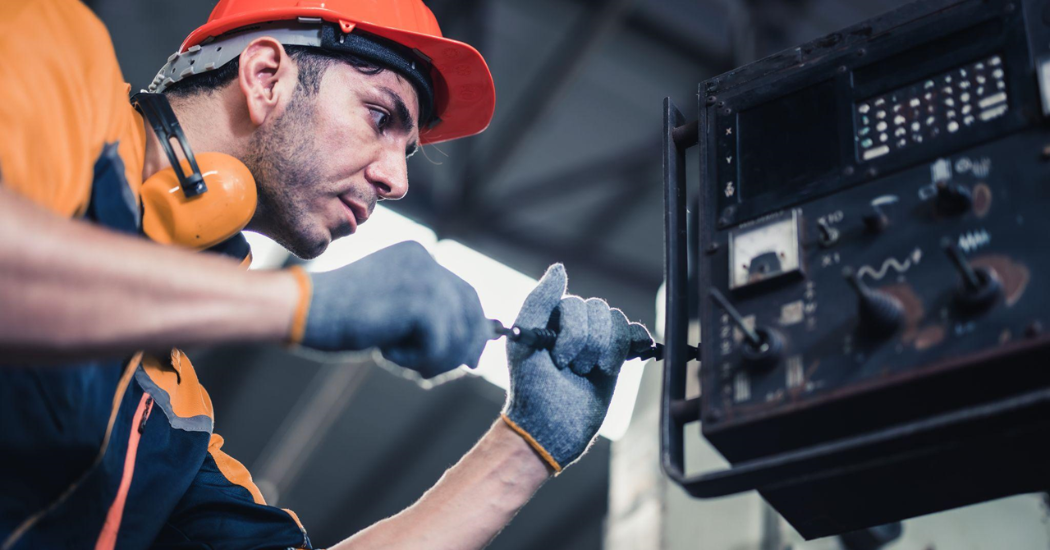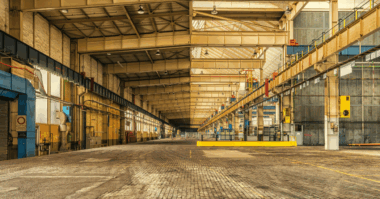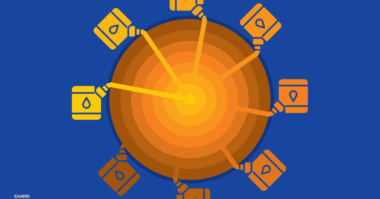The financial burdens associated with reactive maintenance are both substantial and often underestimated. Reactive maintenance, commonly referred to as “run-to-failure” maintenance, involves repairing equipment only after a breakdown occurs. This approach can result in unexpected downtime, escalated repair costs, and significant operational disruptions. But just how costly is this maintenance strategy when compared to other, more proactive maintenance strategies?
What is Reactive Maintenance?
In reactive maintenance, the primary focus is on addressing immediate issues rather than preventing them. This often leads to unplanned downtime, increased repair costs, reduced equipment lifespan, and heightened safety risks. These factors collectively contribute to a reactive maintenance strategy being more expensive and less efficient in the long run compared to proactive maintenance approaches.
The Hidden Costs of Reactive Maintenance
Reactive maintenance, often referred to as “run-to-failure” maintenance, involves fixing equipment only when it breaks down. While this strategy might seem cost-effective in the short term, it can lead to several hidden costs that far outweigh any immediate savings. Here, we delve into the significant financial and operational impacts of relying on reactive maintenance.
- Unplanned Downtime: Unplanned downtime is one of the most significant hidden costs associated with reactive maintenance. When equipment unexpectedly fails, production lines grind to a halt, leading to substantial revenue losses. A comprehensive study by Plant Engineering estimates that unplanned downtime costs manufacturers approximately £210 billion annually. This staggering figure highlights the critical importance of maintaining operational continuity and the severe financial repercussions of downtime.
- Increased Repair Costs: Emergency repairs typically incur much higher costs compared to planned maintenance. Technicians may need to work overtime, and parts often require expedited shipping, both of which significantly inflate repair expenses. The U.S. Department of Energy indicates that reactive maintenance can cost three to four times more than preventive maintenance. This cost disparity underscores the financial inefficiency of reactive maintenance, where immediate fixes come with premium costs.
- Shortened Equipment Lifespan: Operating equipment until failure can drastically reduce its operational lifespan. Prolonged stress and unaddressed minor issues can lead to more severe damage over time. According to research published in the International Journal of Prognostics and Health Management, reactive maintenance can shorten equipment life by up to 30%. This reduction not only necessitates more frequent replacements but also increases capital expenditure, further straining budgets.
- Safety Risks: Equipment failures pose serious safety risks to employees, potentially leading to severe injuries or fatalities. The Health and Safety Executive (HSE) reports that machinery-related accidents are a leading cause of workplace injuries, often resulting in hefty fines, compensation claims, and increased insurance premiums. Beyond the financial costs, the human impact of workplace accidents is profound, affecting morale and productivity.
- Hidden Environmental Costs: Reactive maintenance can also have significant environmental implications. Equipment that is not properly maintained is likely to operate less efficiently, consuming more energy and emitting higher levels of pollutants. A report from the Environmental Protection Agency (EPA) highlights that inefficient machinery can increase energy consumption by up to 30%, leading to higher operational costs and a larger carbon footprint. This inefficiency contributes to environmental degradation and can attract regulatory fines for non-compliance with environmental standards.
Alternative Maintenance Strategies
To circumvent the high costs associated with reactive maintenance, organisations can adopt alternative strategies such as preventive maintenance and predictive maintenance.
Preventive Maintenance
Preventive maintenance is a proactive approach involving regularly scheduled inspections, servicing, and maintenance of equipment to prevent unexpected failures and extend the equipment’s lifespan. Unlike reactive maintenance, which addresses issues post-failure, PM aims to identify and rectify potential problems before they escalate, ensuring continuous and efficient operation. This strategy is underpinned by detailed planning and scheduling, guided by the specific needs and operating conditions of the equipment.
Notable Benefits of Preventive Maintenance
1. Cost Savings:
Implementing a preventive maintenance program can lead to substantial cost savings. By identifying and resolving issues early, organizations can avoid the high costs associated with emergency repairs and unscheduled downtime. According to research by the Facilities Management Journal, preventive maintenance can reduce maintenance expenses by 18-30%. This is because planned maintenance activities are generally more cost-effective than reactive repairs, which often require expedited parts and labor. Furthermore, avoiding major breakdowns means that organizations can also minimize production losses, leading to overall operational efficiency.
2. Increased Equipment Lifespan:
Regular maintenance is crucial for keeping equipment in optimal condition, which significantly extends its useful life. McKinsey & Company’s studies indicate that preventive maintenance can increase equipment lifespan by 15-20%. This extension is achieved through regular lubrication, cleaning, calibration, and replacement of worn-out parts, which collectively ensure that the equipment operates smoothly and efficiently. Over time, this reduces the frequency of replacements, leading to long-term capital expenditure savings and a better return on investment for the equipment.
3. Improved Safety:
One of the most critical advantages of preventive maintenance is the enhancement of workplace safety. Routine inspections and servicing can identify and mitigate potential safety hazards, such as faulty wiring, worn-out components, or other issues that could lead to accidents. According to the Occupational Safety and Health Administration (OSHA), regular maintenance activities significantly reduce the risk of workplace injuries and accidents, fostering a safer working environment. This proactive safety measure not only protects employees but also helps organizations avoid legal liabilities and compensation costs associated with workplace accidents.
Predictive Maintenance
Predictive maintenance leverages advanced technologies, such as IoT sensors and data analytics, to monitor equipment conditions in real time and predict failures before they occur. This data-driven strategy offers numerous advantages:
- Reduced Downtime: By predicting when equipment is likely to fail, maintenance can be scheduled at the most convenient times, minimizing disruption. Research by Deloitte indicates that predictive maintenance can reduce downtime by 30-50%.
- Lower Maintenance Costs: Predictive maintenance enables more efficient resource utilization, as maintenance is performed only when necessary. According to IBM, this approach can reduce maintenance costs by up to 25%.
- Enhanced Reliability: Predictive maintenance improves the reliability of equipment, addressing potential issues before they cause failures. A report by Accenture found that predictive maintenance can increase equipment reliability by 20-25%.
Balancing Maintenance Strategies
While preventive and predictive maintenance can significantly reduce the reliance on reactive maintenance, it is essential to acknowledge that some level of reactive maintenance will always be necessary. Unexpected failures can still occur despite the best efforts to predict and prevent them. Therefore, a balanced maintenance strategy should include:
- A Robust Emergency Response Plan: Ensuring that there are clear procedures and resources in place to address unexpected equipment failures quickly and efficiently.
- Regular Training for Maintenance Staff: Providing ongoing training for maintenance personnel to ensure they are skilled in both preventive and reactive maintenance techniques.
- Investment in Technology: Continuously investing in new technologies and tools that can improve maintenance efficiency and effectiveness.
- Continuous Improvement: Regularly reviewing and refining maintenance strategies based on data and feedback to minimize the occurrence and impact of reactive maintenance.
Conclusion
Reactive maintenance can be a costly approach that leads to unplanned downtime, higher repair costs, and reduced equipment lifespan. By adopting preventive and predictive maintenance strategies, organizations can significantly reduce these costs and enhance operational efficiency. However, it is crucial to maintain a balanced approach, recognizing that some level of reactive maintenance will always be necessary. By investing in training, technology, and continuous improvement, businesses can develop a robust maintenance strategy that minimizes costs and maximizes equipment reliability.
Written and researched by Charlie Green
Senior Research Analyst at Comparesoft




